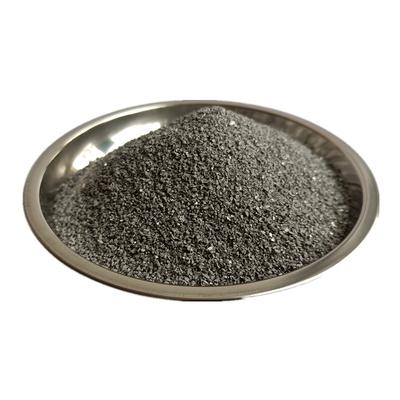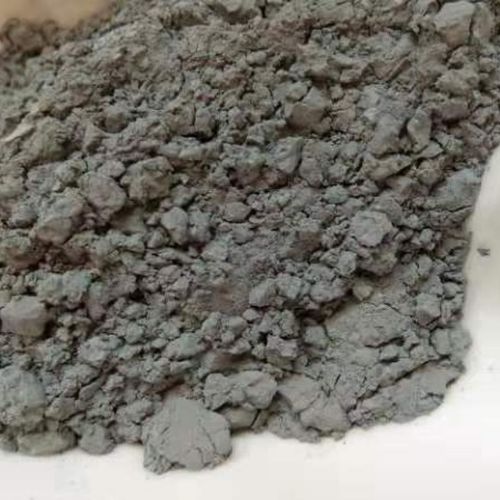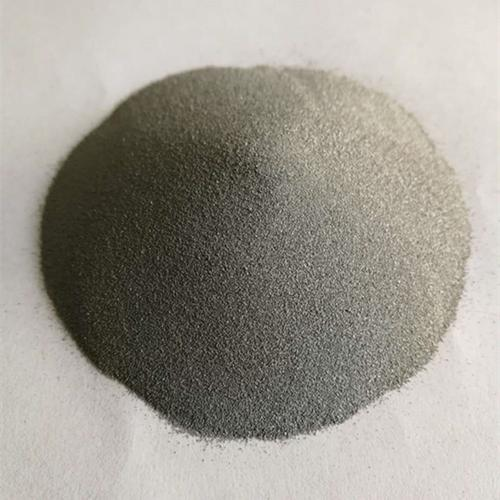**Unlock the Magic: Powder Coating Anything BUT Metal!**
(How To Powder Coat Non Metal)
**1. What is Non-Metal Powder Coating?**
Powder coating isn’t just for metal anymore. Non-metal powder coating applies that same tough, colorful finish to materials like wood, plastic, glass, and even cardboard. The process uses an electric charge to spray fine powder particles onto a surface. Heat then melts the powder into a smooth, hard shell. Think of it like spray paint’s tougher, smarter cousin. It bonds to surfaces without dripping or running. This method creates a durable layer that resists scratches, UV rays, and weather. Forget weak finishes. Powder coating transforms everyday objects into professional-grade pieces. It’s a game-changer for crafters, DIYers, and industries needing rugged surfaces.
**2. Why Powder Coat Non-Metal Surfaces?**
Why choose powder over paint or varnish? First, durability. Powder-coated non-metal items survive heavy use. A coated plastic patio chair won’t peel after one summer. A wooden sign stays vibrant for years. Second, it’s eco-friendly. Powder contains no solvents, reducing toxic fumes. Waste powder gets recycled easily. Third, the finish quality beats liquid options. No brush marks, no bubbles, just flawless texture. Colors stay bright without fading. Fourth, it’s cost-effective long-term. Fewer touch-ups mean less spending later. Finally, versatility. Coat heat-sensitive plastics or delicate ceramics without warping. Achieve effects like matte, glossy, or metallic effortlessly. It’s protection plus beauty.
**3. How to Powder Coat Non-Metal: Step by Step**
Ready to coat? Follow these steps. One, clean the item thoroughly. Dirt or oil ruins adhesion. Use soapy water and lint-free cloths. Two, pre-treat the surface. For wood, sand lightly. For plastics, apply adhesion promoter spray. Glass needs etching solution. Three, ground the item. Clip a grounding wire to it. This helps powder stick. Four, apply powder with a spray gun. Keep even strokes 6-8 inches away. Cover all angles. Five, cure it. Bake in a convection oven. Temperatures vary: wood at 250°F for 10 minutes, plastic at 200°F for 15 minutes. Watch closely to avoid scorching. Six, cool slowly. Rushing causes cracks. Done right, your piece emerges scratch-proof and stunning.
**4. Applications: Where Non-Metal Powder Coating Shines**
Non-metal powder coating fits countless projects. Home decor? Coat ceramic vases or glass lampshades. Outdoor gear? Weatherproof wooden planters or plastic kayak paddles. Retail displays? Make cardboard shelves sturdy and chic. Automotive fans use it on plastic dashboards or fiberglass bumpers. Artists coat sculptures in bronze-effect powder. Even tech gadgets benefit—think coated laptop cases. Restaurants use it on coated wood tables for easy cleaning. Medical tools get antibacterial coatings. The limits? Almost none. Avoid ultra-thin plastics that melt and items with deep grooves powder can’t reach. Otherwise, unleash creativity.
**5. FAQs: Your Top Questions Answered**
(How To Powder Coat Non Metal)
Can all non-metals be coated? Mostly. Test small areas first. Some plastics warp under heat. Very porous wood needs sealant first. What powders work best? Choose low-temperature powders. Brands like Prismatic or Eastwood offer options curing under 300°F. Is special equipment needed? A basic powder gun kit ($100+) and oven suffice. Kitchens ovens work for small items. How long does it last? Properly coated, 10+ years outdoors. Indoors, longer. Can I coat over old paint? No. Strip finishes completely first. Powder bonds to bare surfaces. What about safety? Wear a respirator when spraying. Use gloves. Work in ventilated spaces. Easy.
Inquiry us
if you want to want to know more, please feel free to contact us. (nanotrun@yahoo.com)


